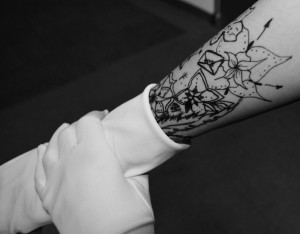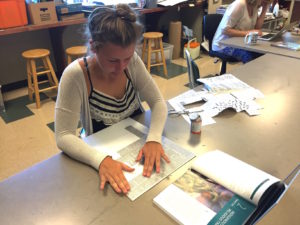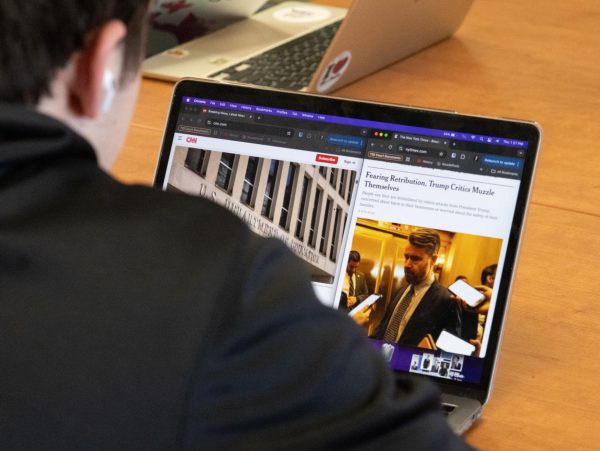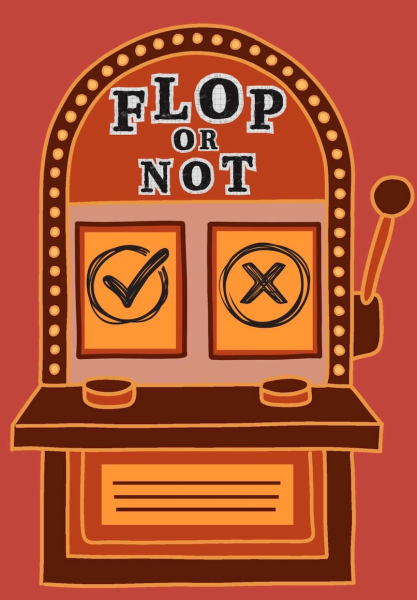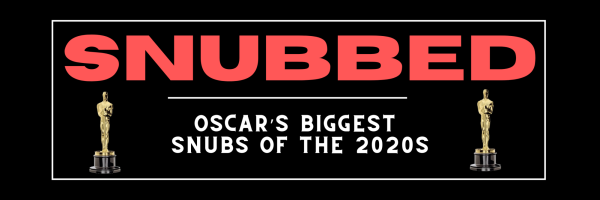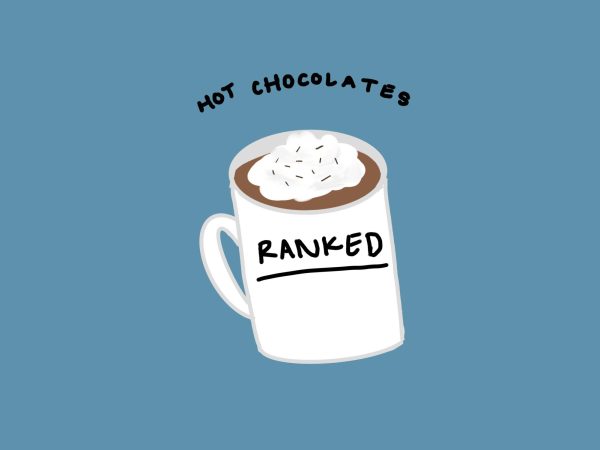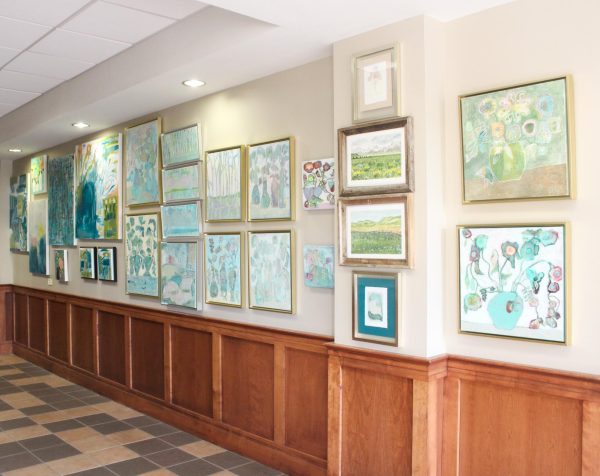I am not a “starving artist”
The problem with not paying artists for their work
Photo: Elle Vaughn
I remember my first art commission. An upperclassman approached me, asking if I could create an illustration, saying she would definitely pay me for my work. I accepted. I worked constantly for a full week on the picture, creating countless sketches and two complete versions of the piece, just to be sure it was perfect. Finally, the piece was finished and the commissioner came to pick it up. She looked at it, grinned and exclaimed, “I love it! Thank you so much!” and handed me a crumpled five-dollar bill.
Artists know that they have many common struggles: your model moves ever so slightly, your art program shuts down before you click save, you spend hours trying to draw the other eye, and so on. But no experience is more relatable than that of a client being unwilling to pay.
The most common excuse in the book is that the artist will gain “exposure” instead of money. Artistic contests are the worst offenders here, asking countless people to submit designs for a T-shirt, or a logo or what-have-you and rewarding artists with the use of their design.
Sainsbury, a grocery chain in the United Kingdom, published an ad in the local paper asking artists to redesign their canteen. The prize? “The opportunity to build your career and develop your reputation.”
Not only do these contests ensure that the organizer does not have to pay the artist, but often it means that the organizer can use that artist’s work for whatever they want, since the fine print of the contest rules specified that the artist gives up copyrights in submitting the design.
Susie Pearl, author and health and wellness writer for the Huffington Post, sees the issue with not paying artists.
“Photographers I know are regularly being asked to shoot for free — it’s a regular pattern. It’s something seen to be done for love but not for money and how do you gently tell someone you do expect to be paid for the work that you do even if it is ‘artistic.’”
Sometimes, there is no excuse: some people just don’t believe artists need to be paid for their work. Maybe this is because of the perpetrated “starving artist” image, where artists work out of love for the craft in the candlelight of some sketchy, poorly-managed yet stylish loft. While this is certainly a romantic image, it’s completely unrealistic. Art is a full-time job that requires a living wage. But how much is it worth?
Let’s break it down: Say you commission an artist to paint a picture of your cat. The U.S. federal minimum wage is $7.25 an hour. Let’s assume this artist is a fairly quick worker, and can paint a picture of your cat in three hours. Factoring in the time and the cost for the materials (a canvas, usually around $20, and paint, worth around $3,) the minimum the artist should charge would be $44.75.
Maybe you don’t want to offer an artist $45 for a painting. And that’s fine! But instead of asking an artist to lower their prices, maybe consider not commissioning the piece at all if you are not willing to pay for. After all, art is a career; that’s why people study for years to perfect their work. Art only stops being a career when people refuse to pay for it. If you wouldn’t go to a restaurant looking for a free meal, don’t ask an artist to work for free either.




